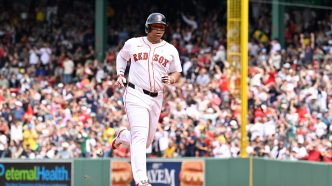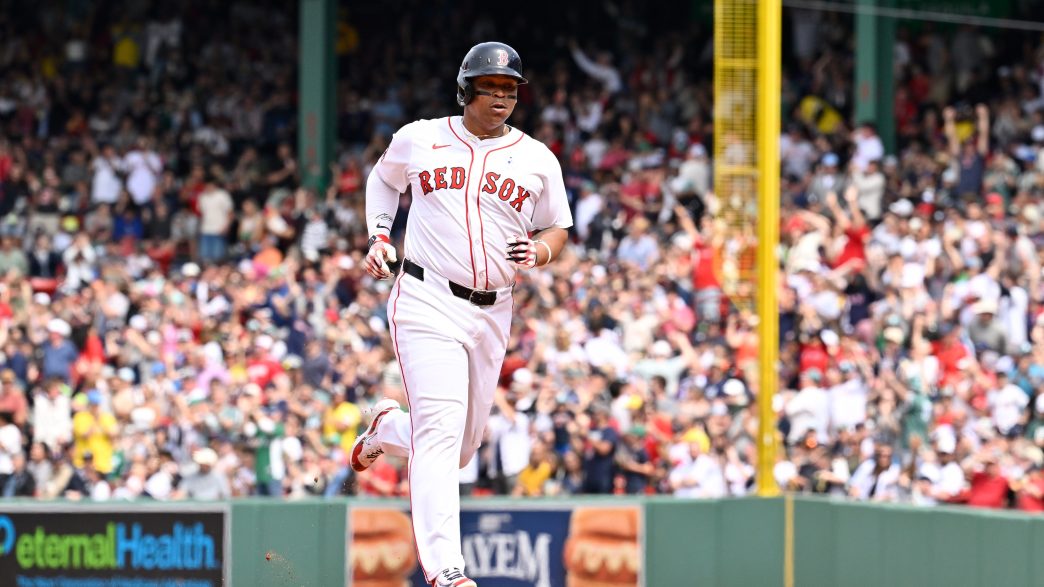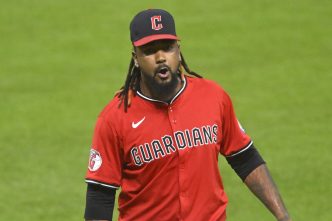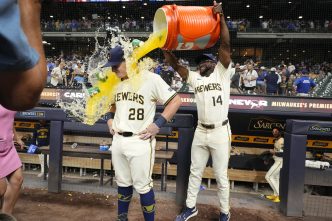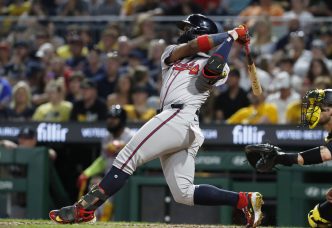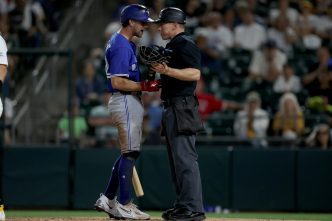In a move that sent shockwaves through Red Sox Nation, Boston has traded their power-hitting infielder and designated hitter Rafael Devers to the San Francisco Giants. This decision, cascading with implications for the future of the franchise, has left fans and pundits alike buzzing with speculation and, frankly, a fair bit of surprise.
The backdrop to this trade, as shared by ESPN’s MLB insider Jeff Passan, paints a complex picture of team dynamics and business strategy. The Red Sox seemed to have concluded that a $250 million contract was too steep for a player like Devers, who was not only vocal in his discontent but also resistant to positional changes. Despite his prowess at the plate, the organization appeared to value team cohesion and flexibility over the undeniable stats Devers brings to the table.
Enter Alex Bregman, the 2024 Gold Glove third baseman, who the Red Sox picked up in free agency with a hefty three-year, $120 million deal in their back pocket. This move nudged Devers towards a designated hitter role, a shift he publicly admitted might not sit well if Bregman snagged the third base position. The plot thickened in May when a curveball came in the form of a season-ending injury to first baseman Triston Casas, prompting the team to ask Devers to cover first base duties—a request he outright declined. His stance was clear: “I’m not sure why they want me to be the in-between, the way they have me now.”
This reluctance set the stage for a decisive meeting in Kansas City. Red Sox decision-makers, including owner John Henry and president Sam Kennedy, converged to address the brewing tensions. The sit-down failed to sway Devers to embrace the first base role, reportedly intensifying the strain between the superstar and the front office.
Now, let’s be frank—it’s not easy to trade someone with Devers’ track record. We’re talking about a player with three All-Star selections and a World Series ring shining brightly in his trophy case. This season, even amid the controversy, Devers showcased a slash line of .272/.401/.504 with 15 homers in just 73 games. Those are numbers that speak volumes on any roster.
Yet, the Red Sox seemed to reach a breaking point, prioritizing their clubhouse culture and long-term strategies over a star’s stats. The move reflects a bold, albeit risky, pivot away from a dynamic player whose career in Boston spanned nearly a decade of headline-grabbing moments.
As the dust settles, the Red Sox are heading into uncharted territory without their slugger, while the Giants gain a formidable hitter, potentially reaping the rewards of Boston’s strategic shift. One thing’s for certain: this trade will be one to watch closely in the coming seasons—each swing of Devers’ bat sure to echo in the halls of Fenway for some time to come.

